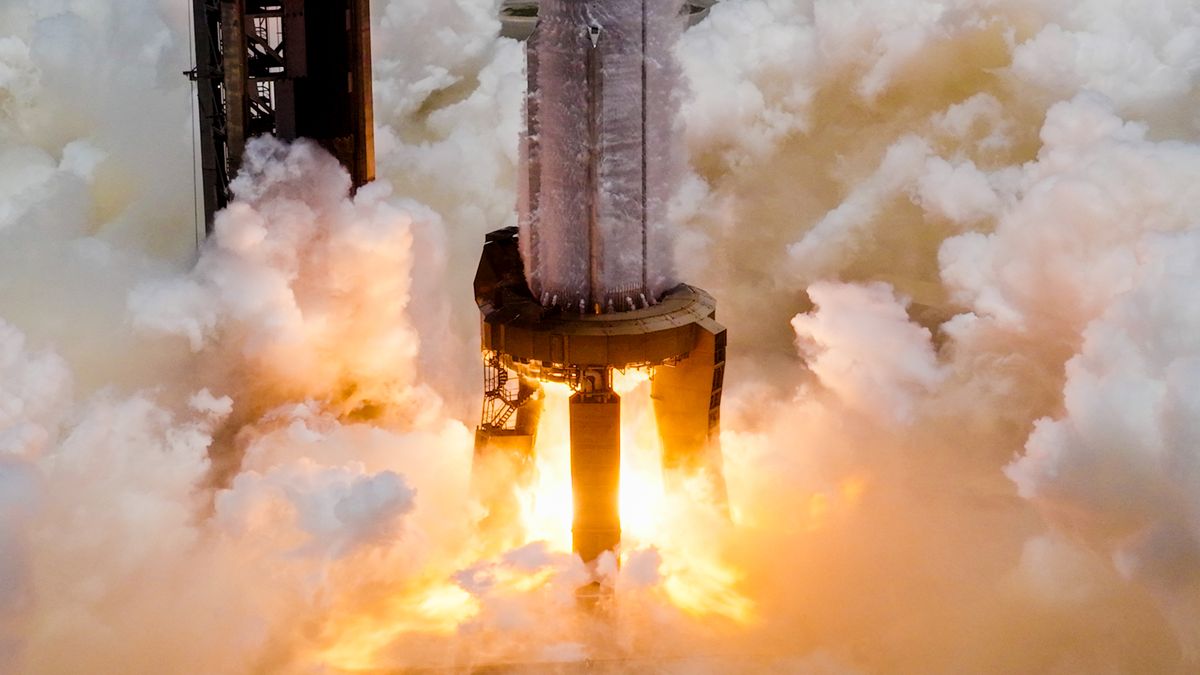Now Reading: SpaceX Ignites Super Heavy Booster for Starship’s Upcoming 10th Test Flight
-
01
SpaceX Ignites Super Heavy Booster for Starship’s Upcoming 10th Test Flight
SpaceX Ignites Super Heavy Booster for Starship’s Upcoming 10th Test Flight

Quick Summary
- Event: SpaceX conducted a static-fire test of Super Heavy, the first-stage booster for its Starship rocket on June 6th, 2025, at its Starbase site in South Texas.
- Technical Details: All 33 Raptor engines fired up during the test. This is part of preparations for Starship’s upcoming Flight 10.
- Recent History: Flight 9 launched on May 27th and marked the first reuse of a Super Heavy booster. The journey included experiments but resulted in hard splashdowns and failures:
– The booster broke apart mid-flight after starting its landing burn about 6.5 minutes after launch.- Ship (upper stage) tumbled after reaching space and fragmented into the indian ocean seafloor post-contact loss at approximately 46 minutes into flight.
- Regulatory Updates: The U.S. Federal Aviation Administration (FAA) is requiring an inquiry into Flight 9 mishaps before granting clearance for Flight 10.
Indian opinion Analysis
SpaceX’s advancements with the reusable Starship system demonstrate notable progress in cutting-edge space technology despite setbacks like those seen in Flight 9.Such reusable systems aim to reduce costs and improve efficiency for future interplanetary missions-a vision relevant globally, including India’s own aspirations with ISRO’s ambitious space programs.
Failures observed during recovery operations highlight the engineering complexity involved but serve as valuable learning opportunities, crucial to refining future iterations of such rockets. For India, lessons from SpaceX’s transparency in testing could inform ongoing progress efforts towards reusability within domestic programs like Gaganyaan or Chandrayaan missions-which focus on innovation alongside long-term cost-effectiveness.
Additionally,regulatory oversight by entities like FAA shows how safety protocols must balance risk management while fostering innovation-a practice that could inform India’s burgeoning private-sector collaborations within aerospace ventures.

























